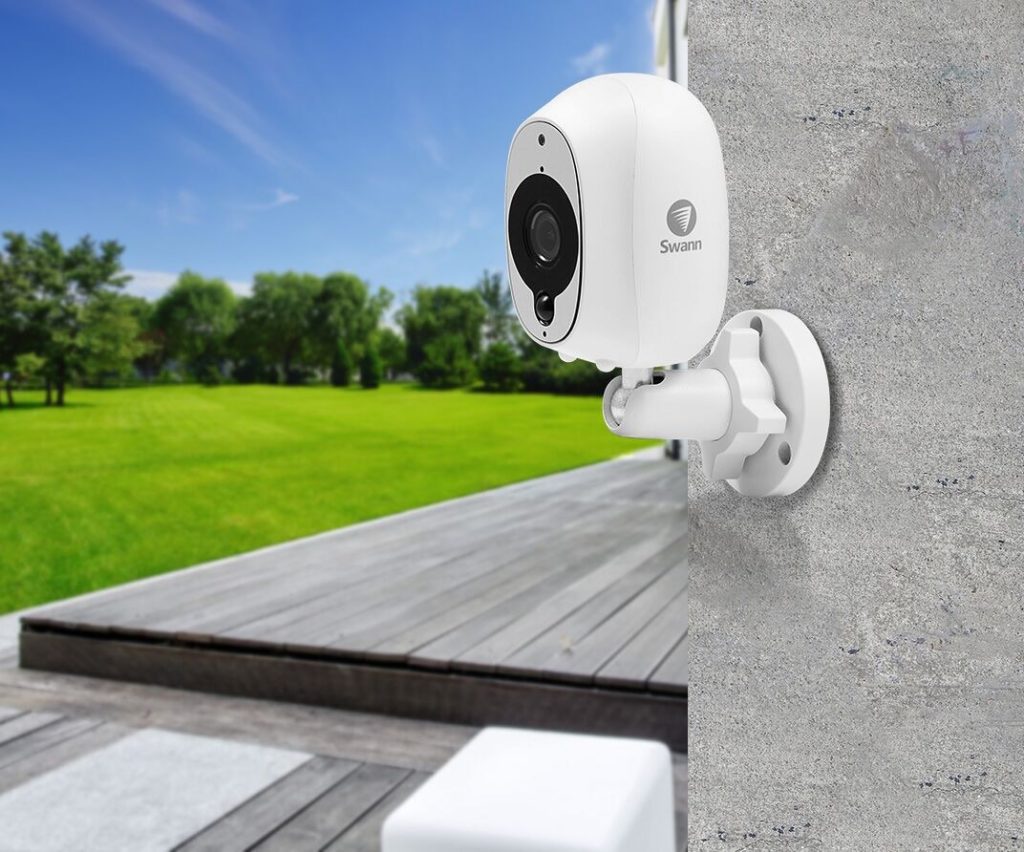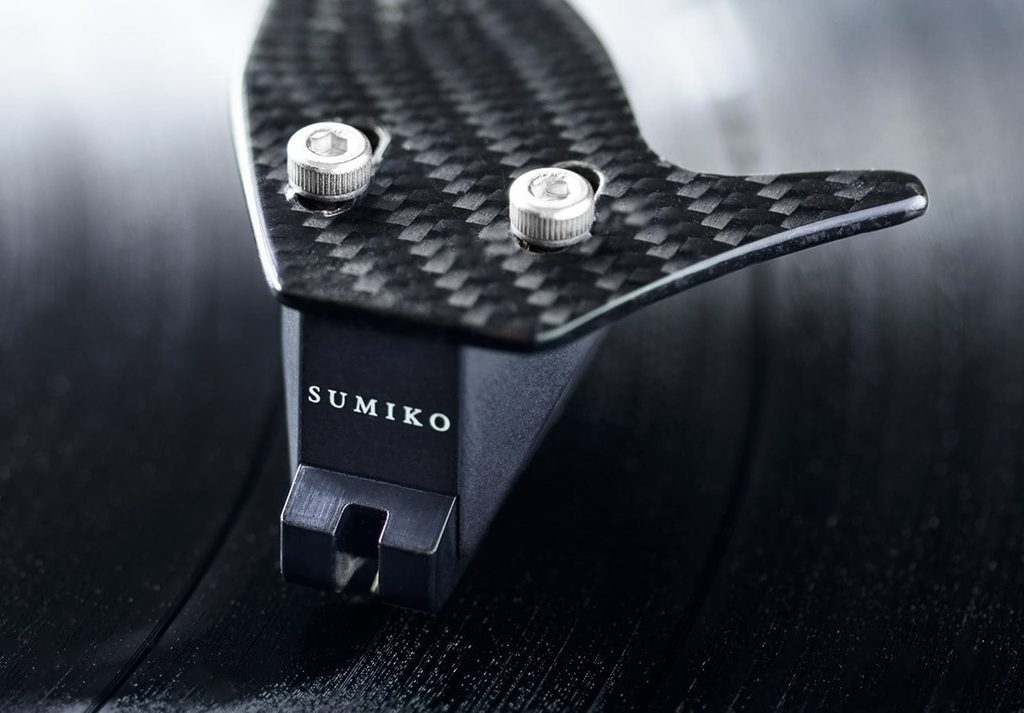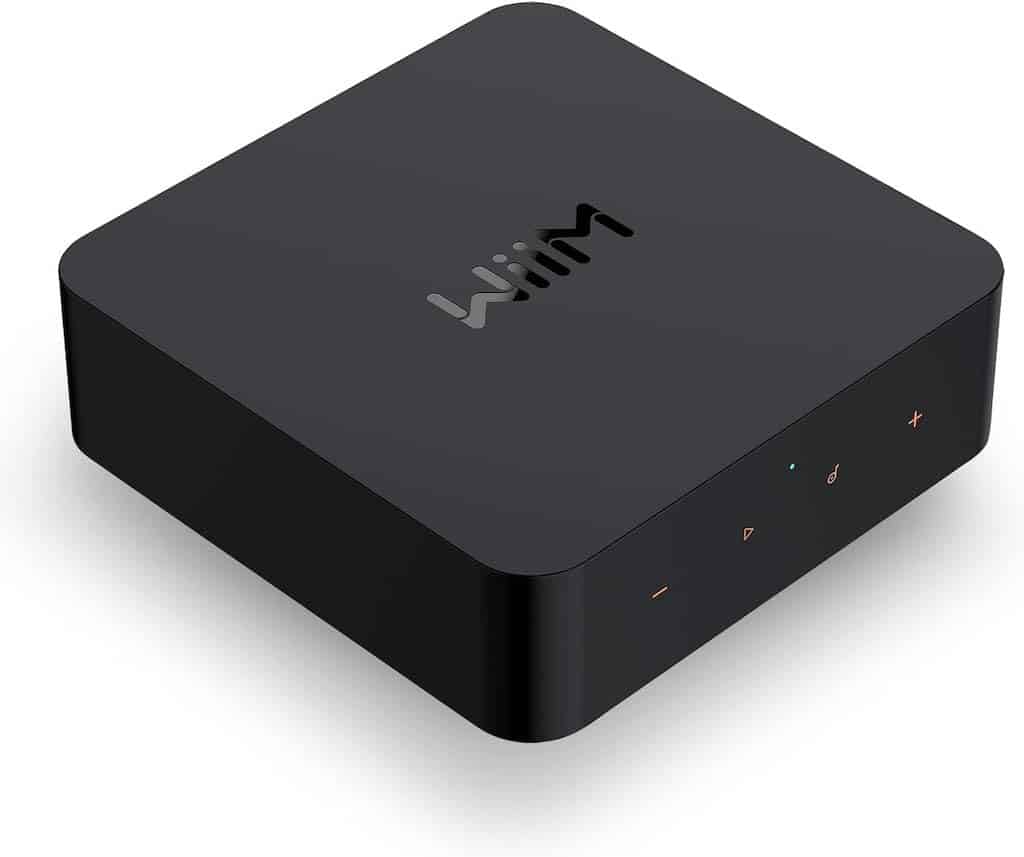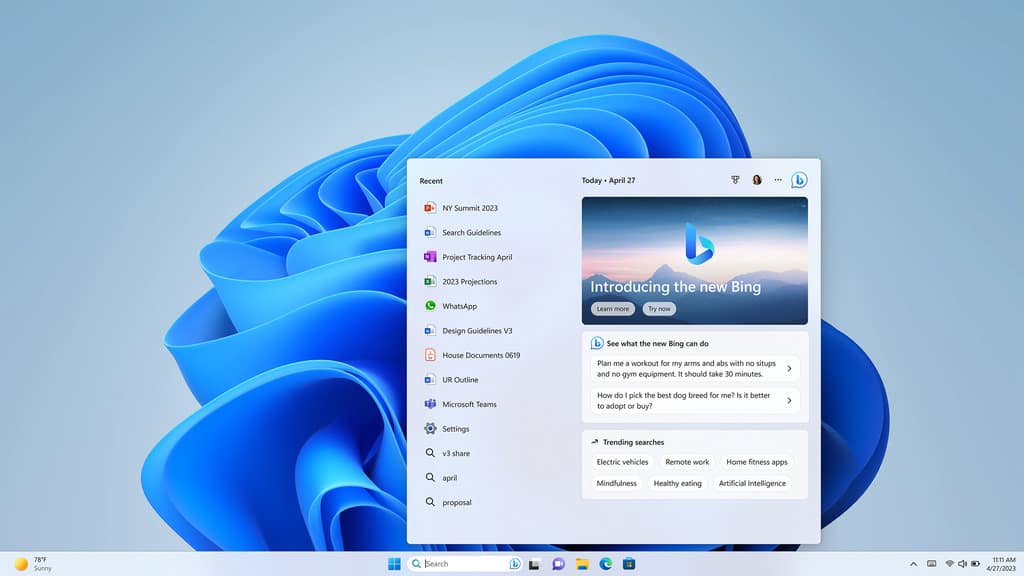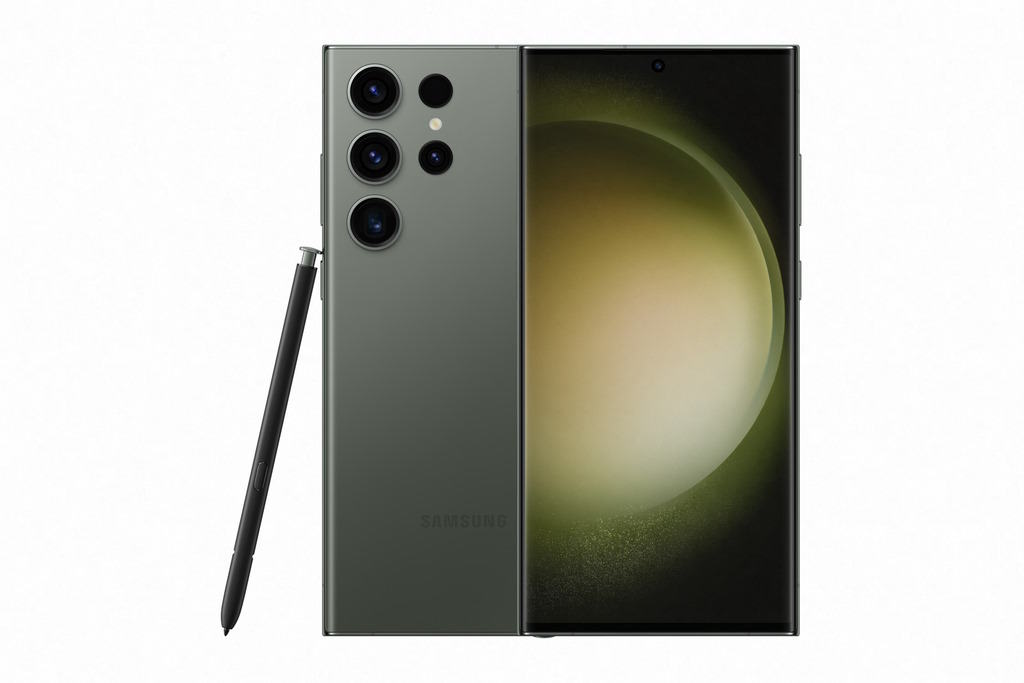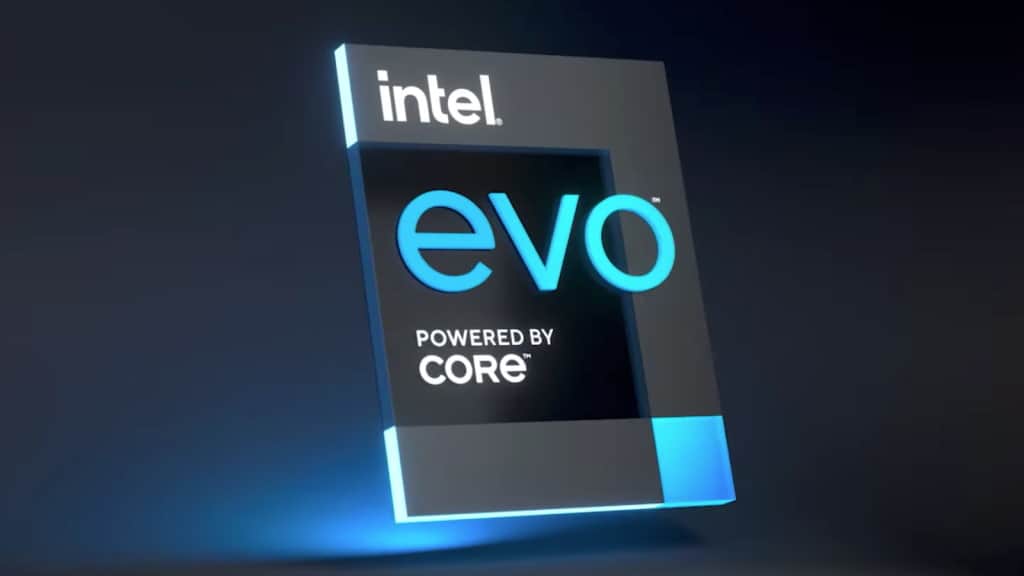Witchdoctor Rating
-
- 9/109/10
Summary
LG SK85
PAT PILCHER checks out the SK85 for a TV packed with great features – but still affordable on a mortal’s salary.
$4512
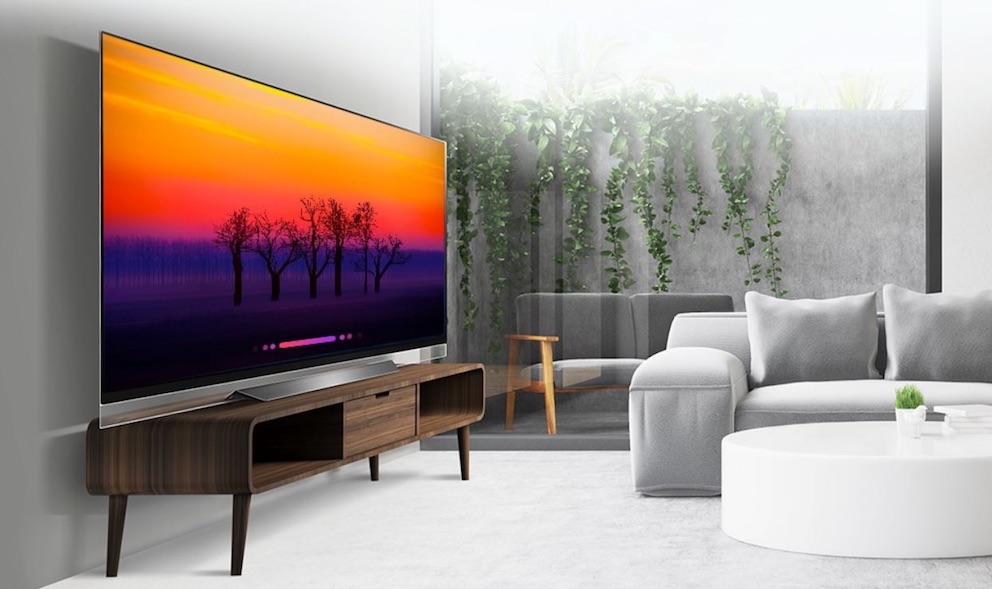 You’ve got to feel for LG’s SK85 TV, which sits in the shadow of LG’s OLED range and is too easily overlooked. That’s a real shame, as this panel offers excellent value for money and is a great choice for buyers on a budget wanting quality without having to part with a kidney.
You’ve got to feel for LG’s SK85 TV, which sits in the shadow of LG’s OLED range and is too easily overlooked. That’s a real shame, as this panel offers excellent value for money and is a great choice for buyers on a budget wanting quality without having to part with a kidney.
One of the more compelling features of the 65-inch SK85 is LG’s ThinQ AI. You’d be forgiven for thinking that all this artificial intelligence nonsense was a bit gimmicky, a bit like a blonde dyed brunette, but it is useful. Simply put, ThinQ turned my yapper into the TV’s remote. I’d call that a giant sit on the sofa for couch spud kind.
As cool as all this AI stuff is, the picture is where the rubber hits the road when it comes to TVs. There’s good news here. LG has pulled out the stops to add in some nifty features that deliver peeper-pleasing UHD on-screen goodness. For a start, there’s Full Array Local Dimming to help contrast levels. Add to this LG’s nano cell LCD technology for vivid colours, plus HDR10 and Dolby Vision, all of which help wring the most out of this LCD TV. There’s also Dolby Atmos.
Front on, LG’s SK85 has a pleasing minimalist look that is almost entirely bezel-free. They’re there, but you’ve got to have a good squint before you see them. With an attractive metal stand it’s a very classy looking number indeed.
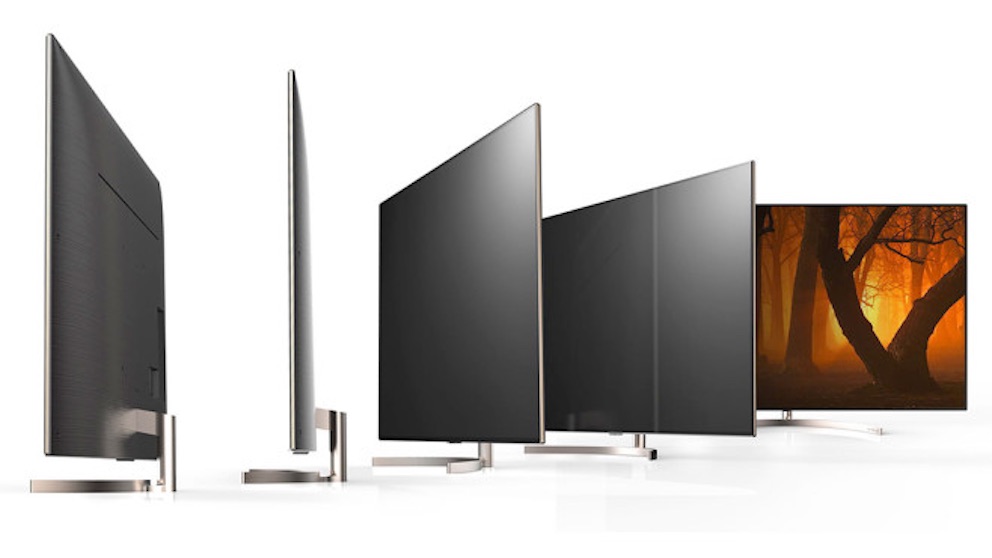 Spinning the SK85 around to reveal its rear shows a brushed-metal finish. There are four HDMI ports, three USB ports, plus both component and composite inputs. Additionally, there’s SPDIF audio output, a headphone jack and an Ethernet network port, plus an antenna socket.
Spinning the SK85 around to reveal its rear shows a brushed-metal finish. There are four HDMI ports, three USB ports, plus both component and composite inputs. Additionally, there’s SPDIF audio output, a headphone jack and an Ethernet network port, plus an antenna socket.
In comparison with other contemporary televisions it’s a bit of a chubber, but this isn’t a bad thing. While slim TVs are all the rage at the moment, ask yourself this: how often do you watch TV side on? Skinny TVs might look impressive in the showroom, and they’ll give you something to boast about, but the reality is it adds nothing to your actual viewing experience. This wasn’t lost on LG. The extra depth to the SK85 is there because it is needed for Full Array Local Dimming.
This allows the SK85 to get around LCD’s biggest Achilles heel: poor contrast levels. LCD needs to be backlit and this typically translates into dark areas on screen looking more deep grey than black. With Full Array Local Dimming, backlighting can be dimmed or switched off on parts of the screen where dark areas need to be displayed. In theory, this should deliver deeper on-screen blacks which help to improve contrast levels.
The bundled Magic Remote also makes the panel a joy to use. Holding the remote, wrist movements are translated to on-screen pointer movements. The learning curve is minimal and it makes the smart TV experience significantly more intuitive. A clickable scroll-wheel built into the remote makes menu selections and scrolling a lot easier too.
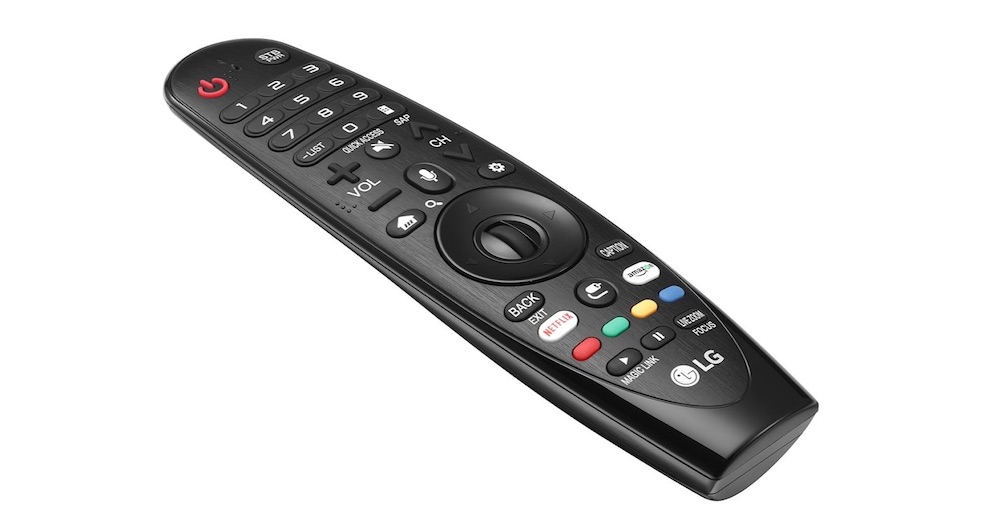 The TV is powered by webOS. It doesn’t have as large a range of apps as Android TV, but what apps are there work well. My favourite is the live international space station feed and the ultra-HD virtual fireplace.
The TV is powered by webOS. It doesn’t have as large a range of apps as Android TV, but what apps are there work well. My favourite is the live international space station feed and the ultra-HD virtual fireplace.
Hitting the ‘home’ button on the remote launches a webOS toolbar on the bottom of the screen. This allows the viewer to easily scroll through inputs and apps without getting in the way of what you’re watching. If you hover the pointer over a specific app on the toolbar, it’ll fill the screen, which is handy for an at-a-glance view. Hitting the Mic button on the remote and talking in plain English also gives you full control. Another nice webOS feature is the art gallery mode. When no signal is found at a particular input, famous artworks are displayed.
As much as I’d like to report on the success or lack thereof in using the SK85 with Google Home, they’re next to impossible to get locally and unfortunately, it wasn’t an option. In theory, it should be possible to ask your Google Home speaker to change the channel. As it was the mic in the Magic Remote handily allowed me to find weather forecasts. Telling the TV that I was bored pulled up YouTube clips. If your couch spud conscience is nagging you to get up and move about between marathon Little House On The Prairie binge-watching session, you can even ask the TV to “turn off after this programme ends”. All told, ThinkQ proved to be surprisingly smart.
The LG punched well above its weight on the video front. Freeview 1080p showed off the SK85’s nano cell LCD technology well. In layperson speak, it outputs more accurate and more intense primary colours. Because of this, colour accuracy and vibrancy was great. With Netflix, high dynamic range support also teased out a lot of shadow detail. Upscaling of HD to UHD also impressed – where upscaled content can look soft, the panel re-rendered HD images into surprisingly crisp UHD.
The full local dimming array might not have entirely tricked me into thinking I was looking at an OLED screen, but on-screen blacks were inky dark. About the only time it was noticeably not working was when booting up Netflix, which revealed some backlight bleed.
The other area where the LG excelled was with image motion processing. Smooth, consistent motion with no artefacts or ghosting was the norm, regardless of which mode I chose. The dreaded soap opera effect was also nowhere to be seen.
LG talk up the fact that the SK85 comes with 40W speakers that are Dolby Atmos capable, and they did a reasonable job creating a deep and high-soundscape.
For speech, audio was stellar, but rumbling spaceship engines and explosions were lacking. That said, its sound wasn’t thin, but for a real theatre like experience, a good AV receiver and 7.1/Atmos setup is probably a good bet.
OLED might get all the attention, but for those of us on a mortal’s salary, LCD is what we’re going to buy. You can get cheaper TVs, but you get what you pay for. With the SK85, LG has shown that LED-backlit LCD TVs still have plenty of life left in them.



